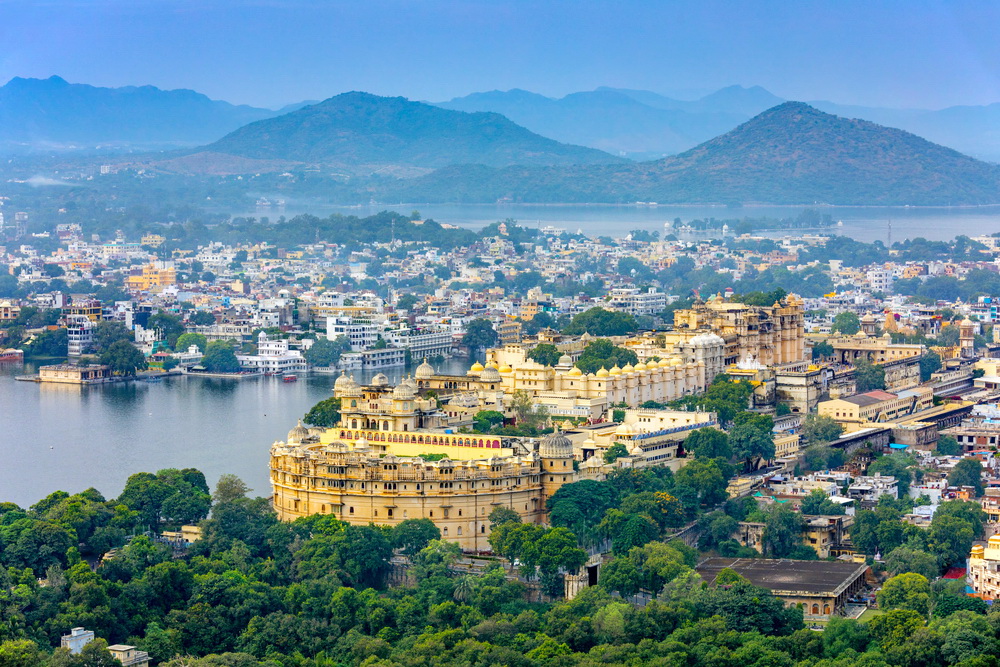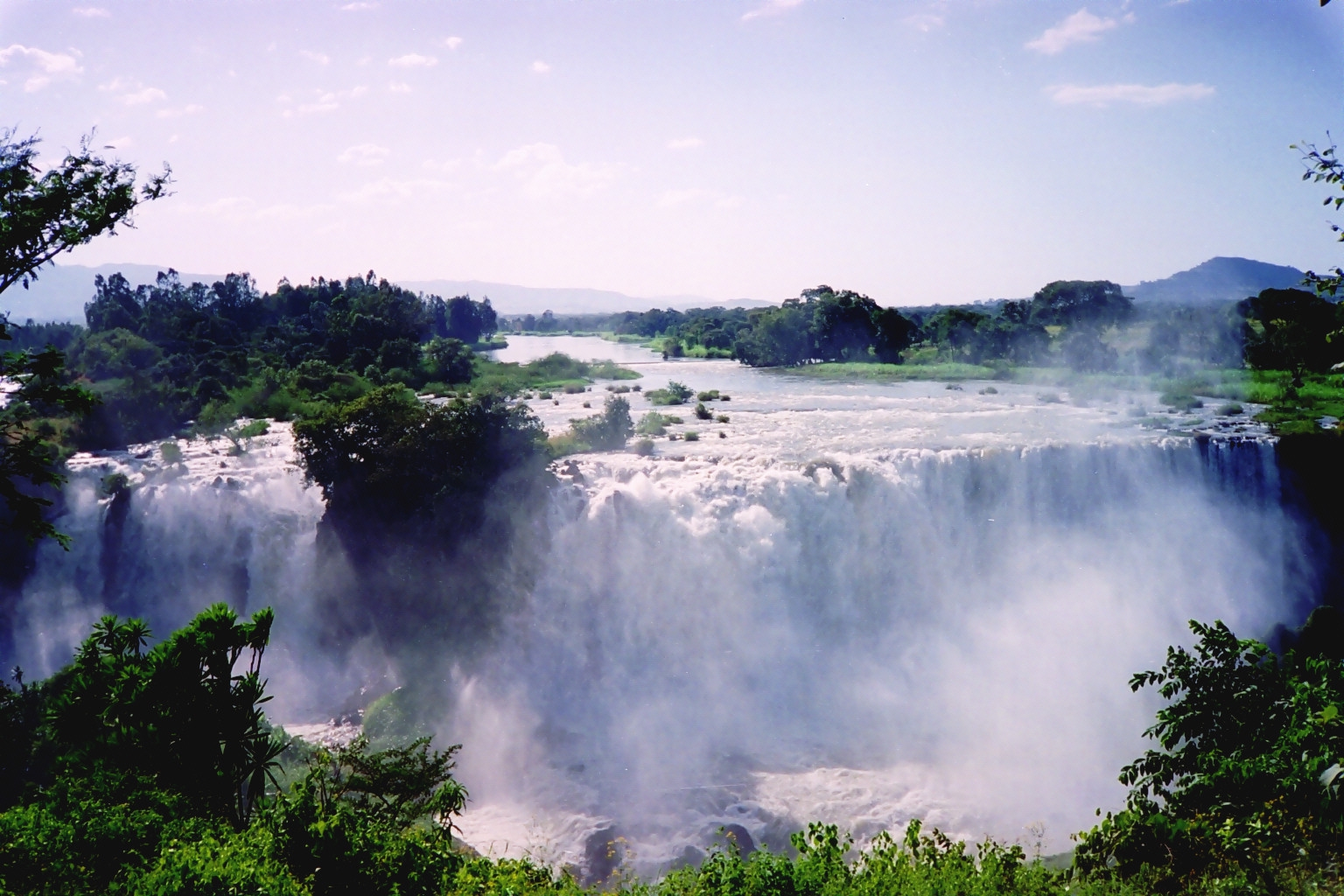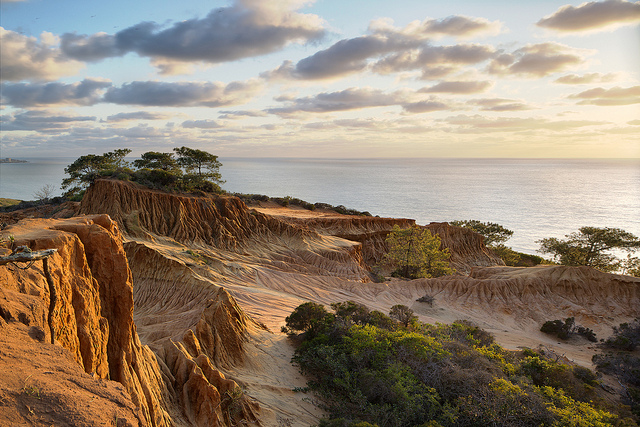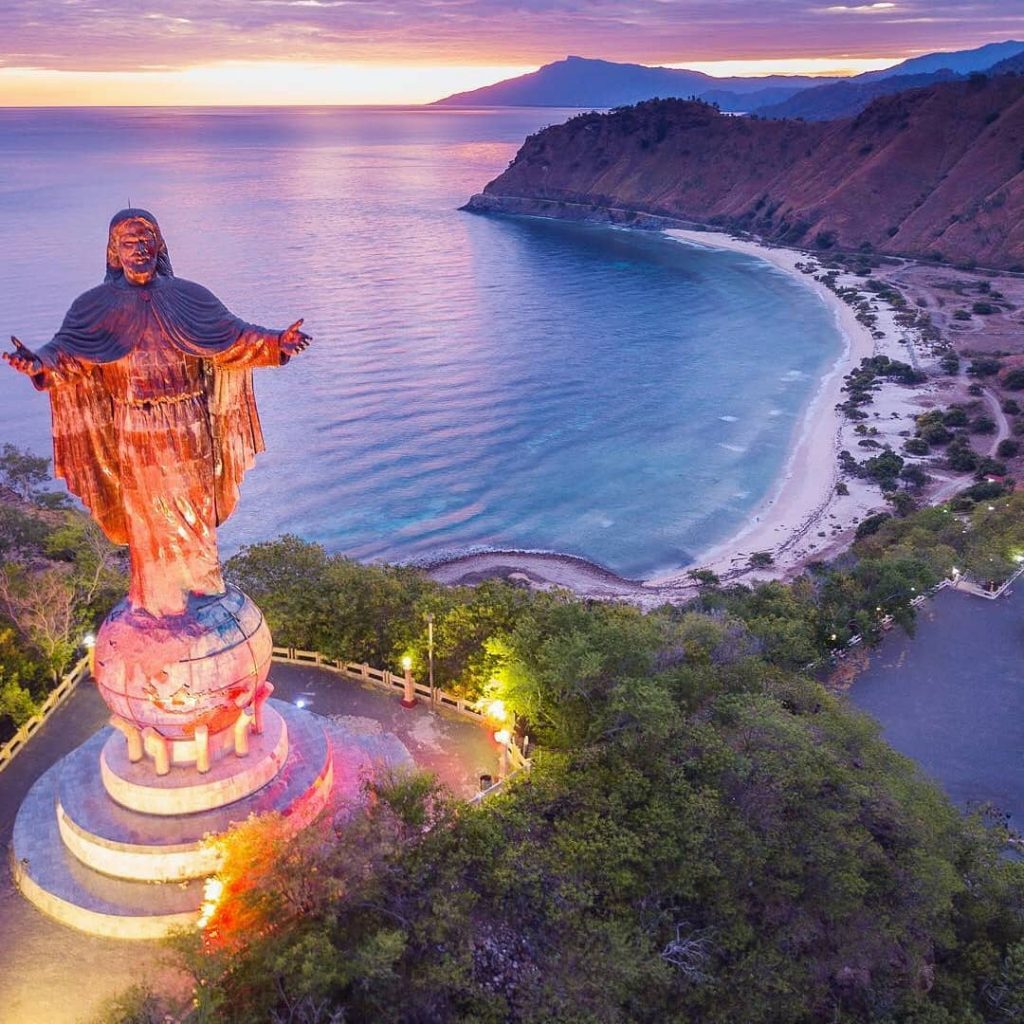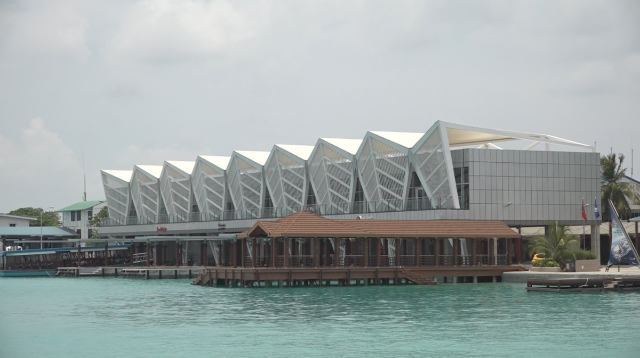Udaipur is a city in North India, capital of the district and division of the same name, in the federal state of Rajasthan. According to the number of inhabitants the city belongs to the class I (from 100,000 people upwards and Udaipur counts about 400,000).
In addition to its history, culture and its splendid panoramic position, it is also famous for its wonderful palaces of the Rajput era, some of which have been transformed into luxury hotels.
Udaipur, better known as the Venice of the East, the city of lakes (Lake City) and the white city (for the color of many of its buildings). It is considered the most romantic city in all of India! The most famous building in Udaipur is the Lake Palace, the former summer residence of the Indian emperors.
The origins of Udaipur are quite recent, compared to other cities in Rajasthan. Udaipur India was founded in 1553, by Maharana Udai Singh II (from which it took its name), in the fertile circular valley Girwa, south-west of Nagda, on the Banas River and near six lakes.
The city was established to be the new capital of the kingdom of Mewar, after the previous capital, Chittorgarh, had been conquered and conquered by the troops of Emperor Akbar (1542 – 1605).
Maharana Udai Singh II did not choose the area of Ayad to build the main palace of the new capital, because at that time Ayad was an area subject to flooding; the choice for the construction of the main palace, now known as City Palace, fell on the eastern area of Lake Pichola. The City Palace is still one of the major attractions of the city today.
For the safety of the new capital, the king ordered the construction of a 6 km long wall interspersed with 6 imposing gates (Brahmpole, Ambapole, Hathipole, Udiapole, Chandpole, Surajpole). The area inside the walls is now commonly called "Old Town". The choice proved to be right even later, in fact Udaipur did not arouse great interest in the English colonists, because it was located in a mountainous region that made it difficult for their army to transport heavy armoured horses and weapons.
Rana Udai Singh was an exponent of the Sisodia dynasty that had ruled since the 7th century the state of Mewar, in today’s Rajasthan. His descendants reigned over Udaipur with the title of Maharana until 1947, the year of India’s proclamation of independence. Although today the city is under the democratic government of India, the title of 76th guardian of the kingdom of Mewar is held by Shri Arvind Singh Ji Mewar, considered king of Udaipur (though only nominally).
